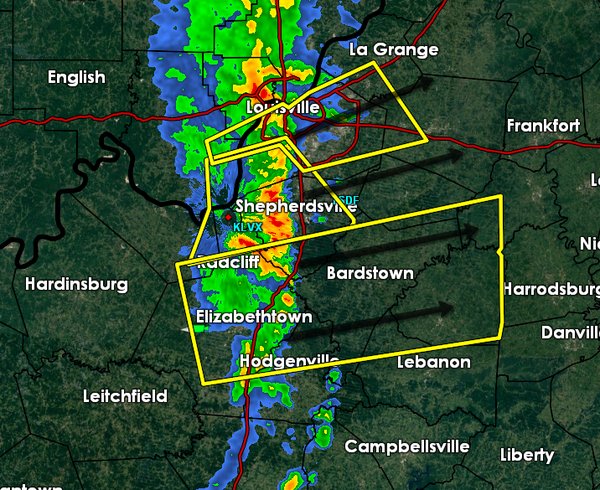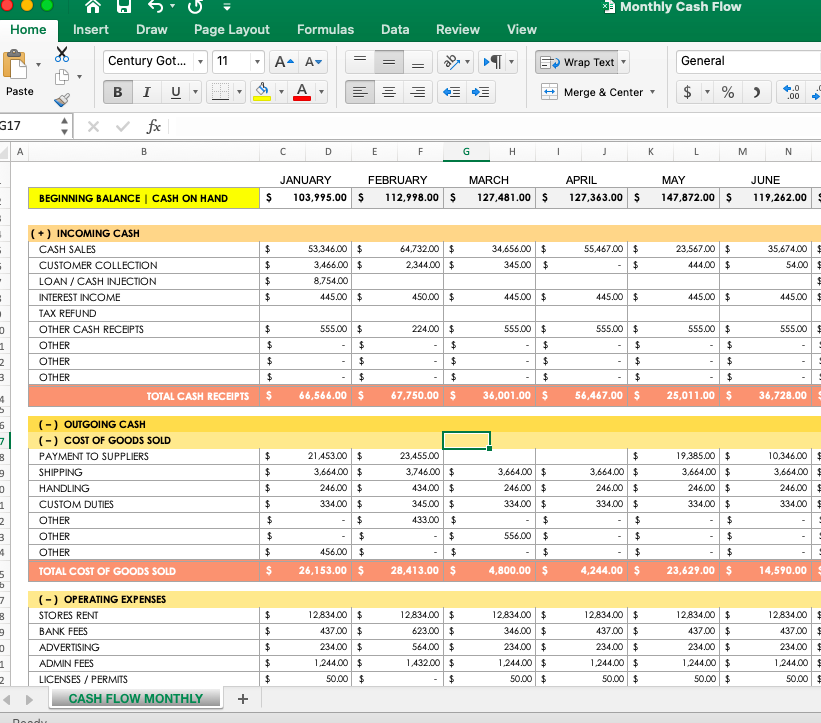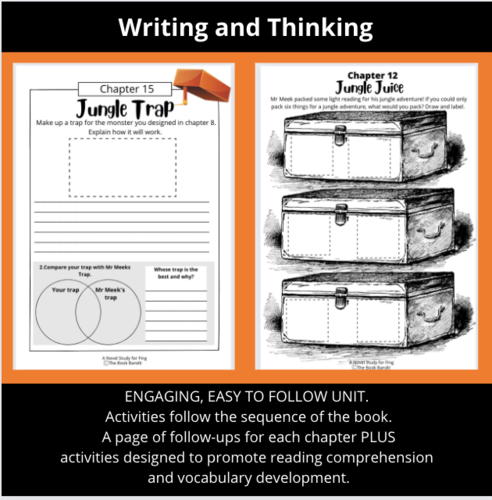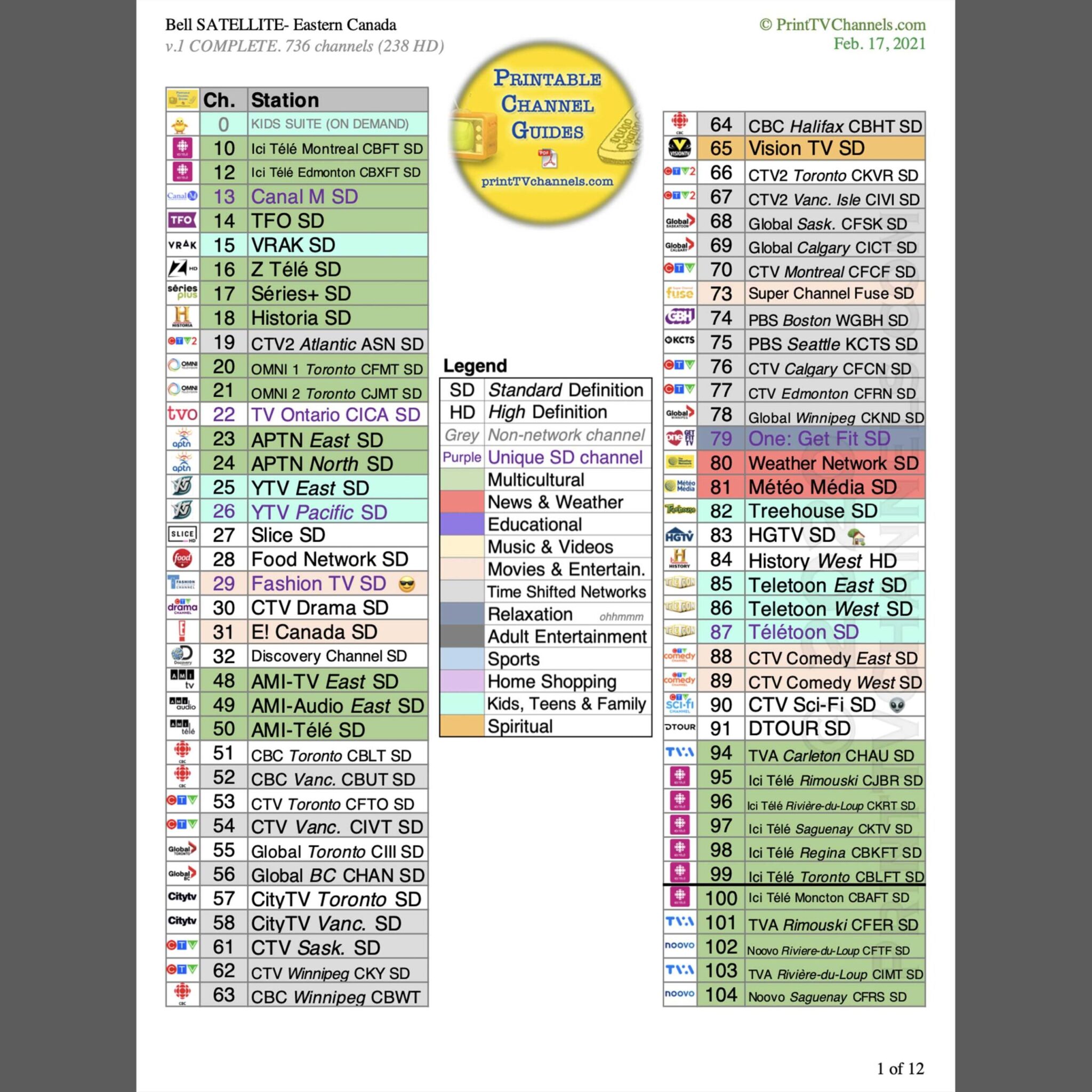High Wind Warnings: What To Do When Fast-Moving Storms Threaten

Table of Contents
Understanding High Wind Warnings and Watches
Knowing the difference between a high wind watch and a high wind warning is the first step in effective storm preparation. A watch means conditions are favorable for high winds to develop, while a warning indicates that high winds are imminent or already occurring. Wind speeds exceeding 58 mph (93 km/h) often trigger high wind warnings, although the specific threshold can vary depending on location and meteorological agency.
You can receive high wind warnings from several sources:
- Weather Apps: Download reputable weather apps to receive real-time alerts and forecasts for your area.
- Local News: Tune into your local news channels for up-to-the-minute weather reports and warnings.
- National Oceanic and Atmospheric Administration (NOAA): NOAA's website and weather radio provide comprehensive weather information and alerts.
Remember to:
- Understand the terminology: Familiarize yourself with the language used by meteorological services to interpret warnings accurately.
- Know your local warning system: Understand how your community delivers severe weather alerts (siren systems, mobile alerts, etc.).
- Check multiple sources: Confirm warnings from at least two different reliable sources for accuracy.
Securing Your Home and Property Before the Storm
Proactive preparation is key to minimizing damage during high winds. Start by securing all loose outdoor items that could become airborne projectiles:
- Furniture: Bring all patio furniture, cushions, and lightweight decorations indoors.
- Grills and Trash Cans: Secure or bring these heavy items inside a garage or shed.
- Debris: Clear your yard of any loose branches, toys, or other debris that could be picked up by the wind.
Next, protect your home's vulnerable points:
- Windows and Doors: Consider boarding up windows or installing storm shutters for added protection. Reinforce weak points in doors and windows with additional bracing.
- Trees: Trim overhanging branches that could fall and damage your house or power lines.
Finally, ensure your vehicles are safe:
- Vehicle Parking: Park your cars in a garage or a sheltered area away from trees and power lines.
Creating a Safe Room and Emergency Kit
Designating a safe room within your home is vital. Choose a sturdy interior room, preferably on the lowest level, away from windows and exterior walls. This room should house your emergency kit, which should include:
- Water: Store enough water for several days (one gallon per person per day).
- Food: Non-perishable food items that require minimal preparation.
- First-Aid Supplies: A well-stocked first-aid kit with essential medications.
- Flashlight and Radio: A battery-powered flashlight and a weather radio for staying informed.
- Important Documents: Copies of important documents (insurance, IDs, medical information) in a waterproof container.
Don't forget a communication plan:
- Communication Plan: Establish a contact person outside your area and share your emergency plan with family and friends. Consider having a secondary communication method in case cell service is disrupted.
Staying Safe During the Storm
During the storm, stay indoors and away from windows and exterior doors. Avoid going outside unless absolutely necessary. High winds pose significant dangers, including:
- Flying Debris: Wind-borne debris can cause serious injury or damage.
- Power Lines: Downed power lines are extremely dangerous and should never be approached.
If a power outage occurs:
- Power Outage Procedures: Use flashlights instead of candles to avoid fire hazards. Unplug electronic devices to prevent damage from power surges.
Continuously monitor weather updates to stay informed about the storm's progress.
Post-Storm Actions and Recovery
After the storm passes, proceed with caution when assessing damage:
- Structural Damage: Inspect your home for structural damage, and avoid entering areas that seem unsafe.
- Debris Removal: Wear gloves and protective eyewear when handling debris to prevent injury. Report downed power lines immediately to your local utility company.
- Insurance Claims: Take photos of the damage to your property to support insurance claims.
Remember, safety is paramount. Be patient and follow instructions from local authorities.
Conclusion
Preparing for high wind warnings is crucial for protecting your safety and property. By securing your home and property, creating a safe room and emergency kit, staying informed during the storm, and taking appropriate post-storm actions, you can significantly minimize risks and ensure your well-being. Stay safe by being prepared for high wind warnings and other severe weather events. Learn more about protecting yourself and your property by researching additional resources on severe weather preparedness. Download a high wind safety checklist today!

Featured Posts
-
 Fremantle Q1 Revenue Down 5 6 Impact Of Buyer Budget Cuts
May 20, 2025
Fremantle Q1 Revenue Down 5 6 Impact Of Buyer Budget Cuts
May 20, 2025 -
 Pro D2 Colomiers Vs Oyonnax Et Montauban Vs Brive Apercu Des Rencontres
May 20, 2025
Pro D2 Colomiers Vs Oyonnax Et Montauban Vs Brive Apercu Des Rencontres
May 20, 2025 -
 Man United News Matheus Cunha Transfer Update Causes Concern
May 20, 2025
Man United News Matheus Cunha Transfer Update Causes Concern
May 20, 2025 -
 Ferraris Team Orders Leclercs Reaction To Hamiltons Performance
May 20, 2025
Ferraris Team Orders Leclercs Reaction To Hamiltons Performance
May 20, 2025 -
 Paulina Gretzkys Topless Selfie And Other Unseen Photos
May 20, 2025
Paulina Gretzkys Topless Selfie And Other Unseen Photos
May 20, 2025
Latest Posts
-
 Stan Approves David Walliams Fantasy Novel Adaptation Fing
May 21, 2025
Stan Approves David Walliams Fantasy Novel Adaptation Fing
May 21, 2025 -
 David Walliams Fing Stans New Fantasy Production
May 21, 2025
David Walliams Fing Stans New Fantasy Production
May 21, 2025 -
 Stan Greenlights David Walliams Fantasy Project Fing
May 21, 2025
Stan Greenlights David Walliams Fantasy Project Fing
May 21, 2025 -
 Complete Sandylands U Tv Listings Shows Times And Channels
May 21, 2025
Complete Sandylands U Tv Listings Shows Times And Channels
May 21, 2025 -
 Sandylands U Your Complete Tv Guide
May 21, 2025
Sandylands U Your Complete Tv Guide
May 21, 2025
